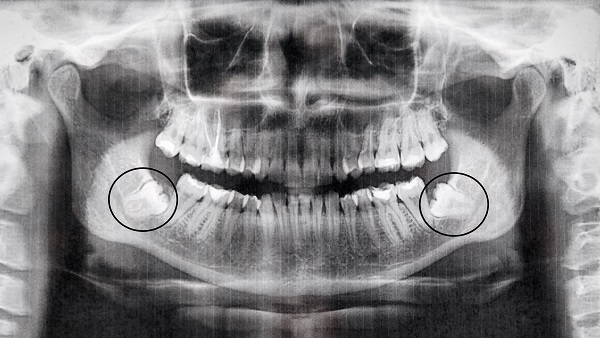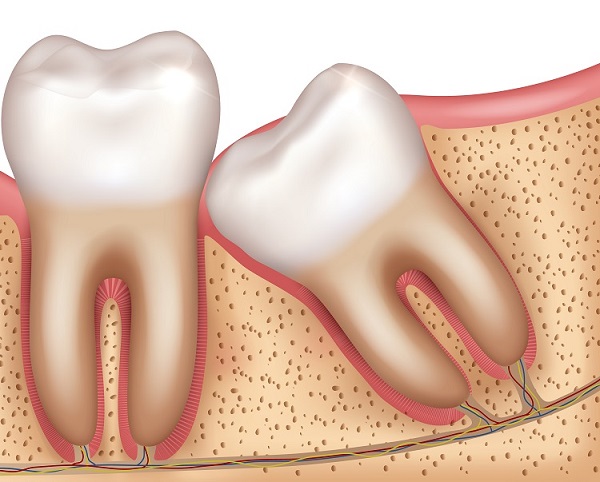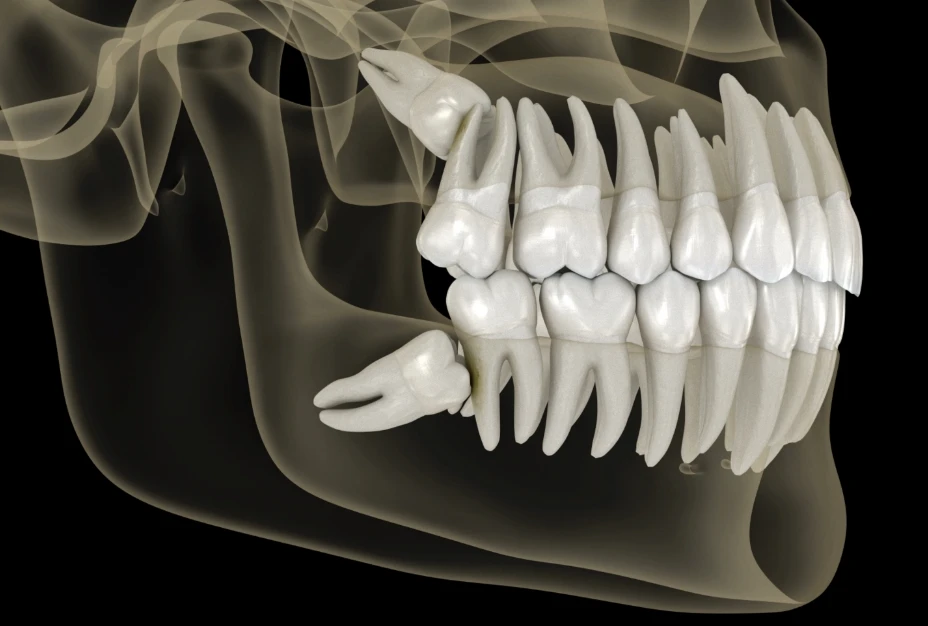Wisdom tooth removal is a common dental procedure to address issues such as impaction, overcrowding, or potential future problems caused by the third molars. The process involves careful extraction under local anesthesia, ensuring a comfortable experience for patients. Following post-operative instructions is crucial for a smooth recovery and reduced risk of complications. If you experience discomfort or suspect wisdom tooth issues, prompt dental checkup and evaluation are essential.
What are Wisdom Teeth?
Wisdom teeth, also known as third molars, are the last set of adult teeth to emerge in the mouth, typically between the ages of 18 and 25. Most people have four wisdom teeth, two in the upper jaw and two in the lower jaw. However, not everyone develops all four, and some individuals may have fewer or even none at all.
Potential Issues with Wisdom Teeth
The eruption of wisdom teeth can vary widely from person to person. Some individuals experience no issues with their wisdom teeth, while others may encounter problems due to various factors. One common issue is a lack of space in the jaw, which can prevent the wisdom teeth from fully erupting. Instead, they might become impacted, meaning they remain partially or fully covered by the gum tissue or bone. Impacted wisdom teeth can lead to discomfort, pain, and potential complications if left untreated.
Dental Examination and X-Rays
To assess the condition of your wisdom teeth, your dentist will perform a comprehensive examination of your mouth. In some cases, X-rays may be necessary to get a clear view of the position and orientation of the wisdom teeth, especially if they are not visible in the mouth. X-rays also provide valuable information about the shape of the roots and their relationship to nearby facial structures.
Wisdom Tooth Removal Procedure
If your dentist determines that your wisdom teeth need to be removed, the X-rays aid in planning the treatment. Wisdom tooth removal, also known as wisdom tooth extraction, is a common dental procedure performed to address issues such as impaction, overcrowding, or the potential for future problems.
The extraction process involves numbing the area around the affected tooth with a local anesthetic to ensure a comfortable procedure. In some cases, the dentist may recommend sedation for patients who feel anxious or have complex extraction needs. Once the area is numb, the dentist will carefully remove the wisdom tooth, taking care to minimize any damage to the surrounding tissues.
Post-Extraction Care and Recovery
After the extraction, your dentist will provide you with post-operative instructions to promote proper healing and reduce the risk of complications. It is essential to follow these instructions closely to ensure a smooth recovery process.
Prompt Dental Checkup for Wisdom Teeth
If your wisdom teeth are causing discomfort or you suspect any issues, schedule a dental checkup promptly. Your dentist will assess your oral health and suggest the right action, which might include wisdom tooth removal if needed. Early detection and timely intervention can prevent complications and promote dental well-being.

Impacted wisdom teeth
Most people do not have enough space in their jaws for wisdom teeth to easily push through the gums. If there is not enough space, the wisdom tooth will become impacted. This means they are either stuck under the gum or may have been able to only partially break through the gum and a small portion of the tooth can be seen in the mouth.
A wisdom tooth may be sitting at an angle that is causing it to bump into the tooth in front which stops it from moving into the mouth.

Impacted wisdom teeth can lead to various problems, including infection, pain, cysts, ulcers, and tooth decay. Food may get stuck, and the tooth in front can also be affected.
If you experience issues with impacted wisdom teeth, your dentist might suggest removing them.
Reasons for Wisdom Tooth Removal
There are several common reasons why dentists may recommend removing wisdom teeth:
- Impaction: Most people’s jaws do not have enough space for wisdom teeth to emerge properly. If the wisdom teeth are blocked by other teeth or bone, they become impacted. This can lead to pain, infection, and other dental issues.
- Risk of Decay and Gum Disease: Wisdom teeth are located at the back of the mouth, making them difficult to clean properly. As a result, they are more prone to tooth decay and gum disease.
- Repeated Gum Infections: Wisdom teeth that only partially emerge can create a space between the gum and the tooth. This space can become a breeding ground for bacteria, leading to frequent gum infections.
- Cysts or Tumors: In some cases, cysts or tumors may develop around impacted wisdom teeth, causing potential damage to nearby teeth and bone.
The Wisdom Tooth Removal Procedure
The process of removing wisdom teeth usually involves local anesthesia to numb the area. Your dentist or oral surgeon will thoroughly explain the procedure and any potential risks before beginning the treatment.
Possible Complications After Wisdom Tooth Removal
Possible complications following wisdom tooth removal can include:
- Damage to Nerves: The nerves that supply feeling to the wisdom teeth and nearby areas of the face can be affected, leading to numbness or tingling sensations.
- Dry Socket: Occasionally, the blood clot that forms in the socket after tooth extraction can be dislodged, resulting in a condition called dry socket, which can be painful.
- Swelling and Infection: Some swelling and mild infection are common after the procedure, but these can usually be managed with proper care and medication.
- Damage to Nearby Teeth: In rare cases, adjacent teeth may be accidentally damaged during the extraction process.
- Difficulty Opening the Mouth: Swelling in the jaw area can cause temporary difficulty in fully opening the mouth.
- Excessive Bleeding: Some bleeding is normal after the extraction, but excessive bleeding may require additional attention.
- Pain: There may be mild to moderate pain during the recovery period, which can be managed with pain medications as prescribed by the dentist.
- Opening to the Maxillary Sinus: For upper wisdom teeth, there is a possibility of creating a connection between the mouth and the maxillary sinus, leading to sinus-related issues.
Post-Operative Care and Recovery
It’s essential to follow your dentist’s post-operative instructions carefully to ensure proper healing and reduce the risk of complications. Regular follow-up visits are also recommended to monitor the healing process and address any concerns. Remember, every individual’s case is unique, so your dentist will tailor the treatment and aftercare plan to meet your specific needs and ensure a smooth recovery.





